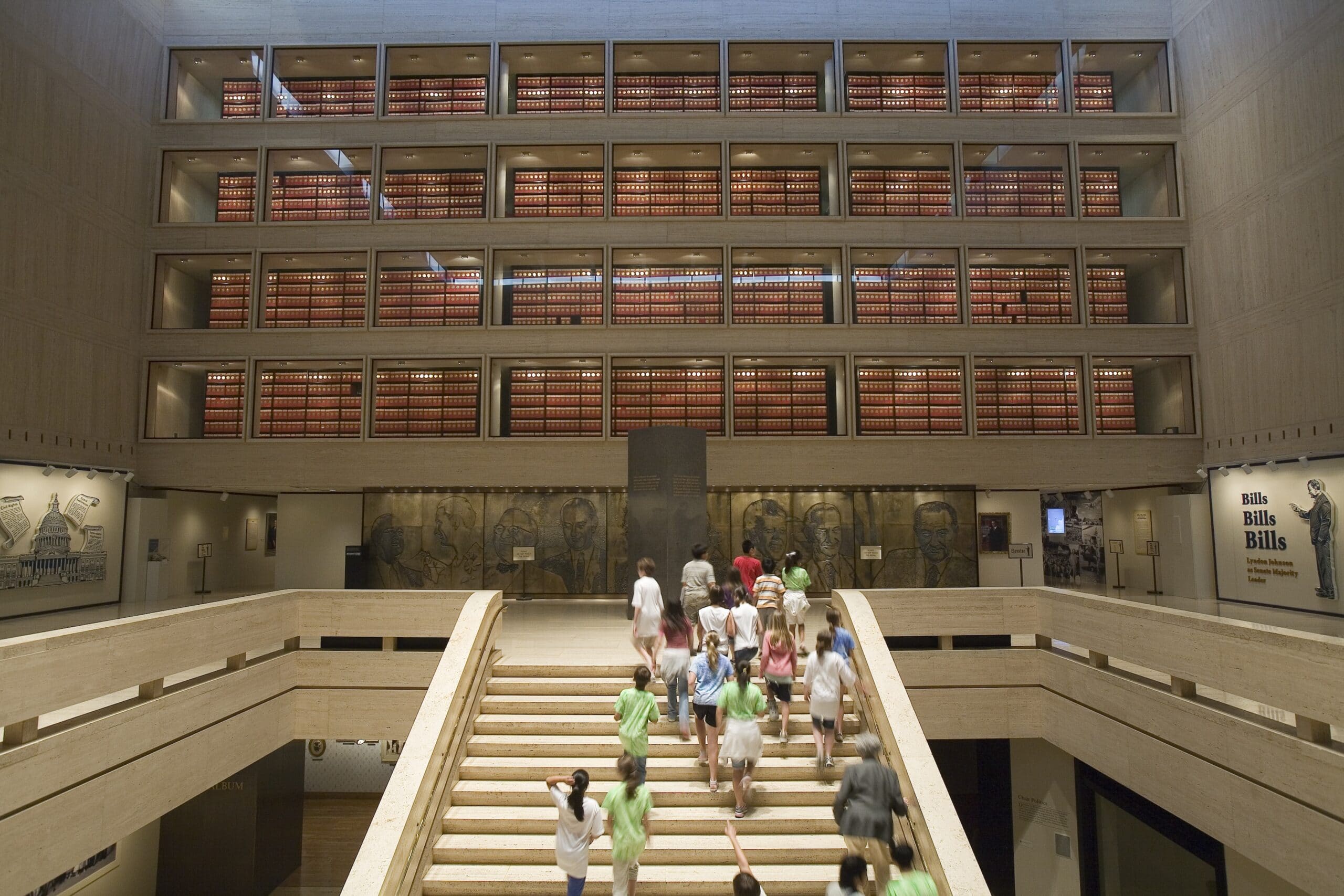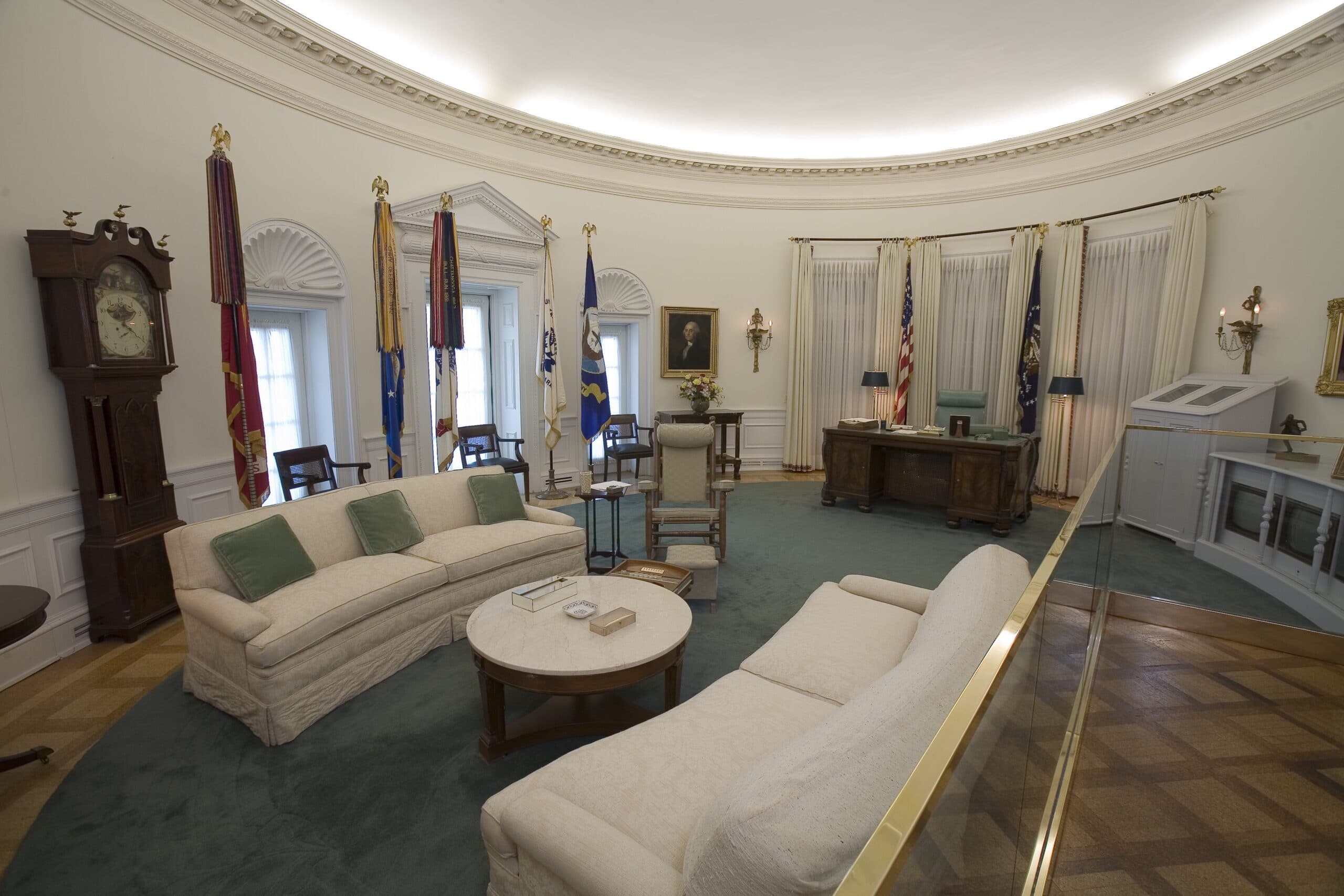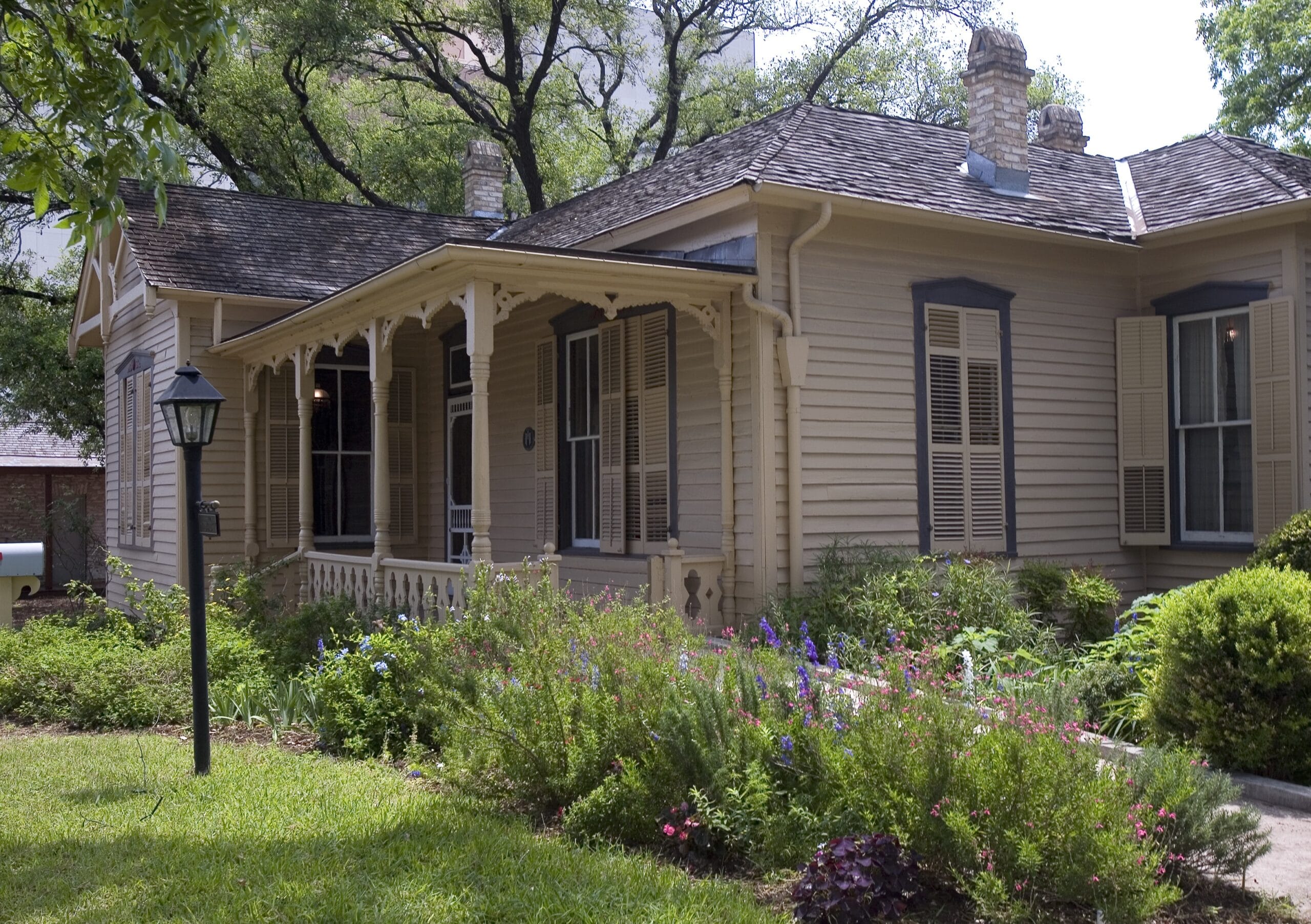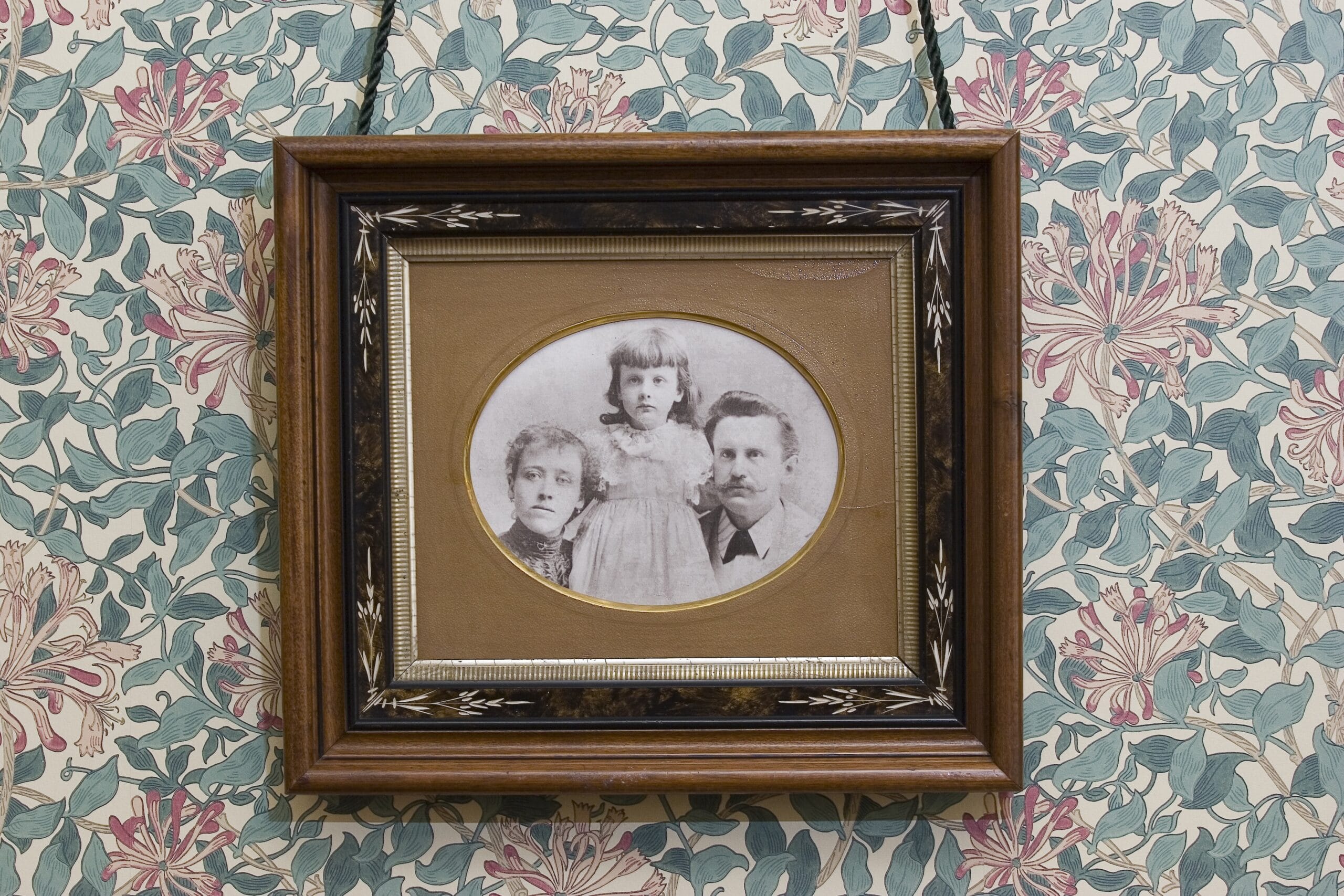Fittingly, Austin’s nucleus of intellectual activity—the University of Texas—is also its literary hub.
With nearly 50,000 students on a 357-acre campus, UT is a major entity in Austin. Locals and visitors benefit from the campus’ museums and research centers, showcasing Texas’ finest literary resources.
Among UT’s notable literary sites is the Harry Ransom Humanities Research Center, an often-underappreciated gem. The Ransom Center houses 36 million written manuscripts, 5 million photographs, and 1 million rare books.
The publicly displayed artifacts are world-class attractions, including a Gutenberg Bible and a 1450 edition of Geoffrey Chaucer’s The Canterbury Tales. Other rare holdings at the Ransom Center include manuscripts from Ernest Hemingway, Mark Twain, and Walt Whitman, along with the complete working libraries of e. e. cummings and James Joyce. Visitors can also access archives of classic literary works like Infinite Jest by David Foster Wallace and A Streetcar Named Desire by Tennessee Williams.
Nearby, the Briscoe Center for American History is an esteemed special collections repository and historical research institute. The Briscoe Center contains extensive collections dedicated to American history and the world’s largest archive documenting Texas history, including more than 7 million photographs, 200,000 books, and 17 miles of manuscripts and archives. Highlights include Stephen F. Austin’s 1822 map of the Province of Texas, José Enrique de la Peña’s account of Davy Crockett’s execution at the Alamo, and Freedom Rider James Farmer’s papers.
Next door, documents of a different variety are housed at the LBJ Library and Museum, dedicated to America’s 36th president, a Texas Hill Country native. The facility occupies 14 acres on the UT campus and includes four floors’ worth of manuscripts, artifacts, and nearly 45 million documents. Visitors can stroll through a reproduction of President Johnson’s Oval Office into exhibits about Lady Bird Johnson’s life as first lady, including love letters from their courtship.

LBJ Presidential Library and Museum the great hall where LBJ and Lady Bird lay in repose 
LBJ Presidential Library and Museum replica of the Johnson Oval Office in the White House
Next to the university campus is the Bullock Texas State History Museum, named after the heritage-minded state lieutenant governor. Permanent and temporary exhibits feature objects covering centuries’ worth of Texas history, including rare writings and artifacts.
About a mile south amidst high-rise buildings is a small house museum dedicated to William Sydney Porter, aka O. Henry. Between 1893 and 1895, O. Henry and his family occupied the home where he experienced “a series of major twists” that defined his distinguished literary career as a short story writer. He would go on to author acclaimed works such as The Gift of the Magi and The Ransom of Red Chief.

O Henry Museum in 1893 house rented by writer William Sydney Porter known as O Henry 
Porter family photo taken in their 1893 home
A literary tour of Austin would be incomplete without a visit to the city’s stunning new Central Library. Opened in 2017, the six-story architectural gem includes more than 351,000 items in its collection, along with reading porches, an art gallery, rooftop garden, and café. The library was named a finalist for the 2018 Public Library of the Year Award by the International Federation of Library Associations and Institutions.
Note: most UT services were temporarily closed as of this writing due to the coronavirus; contact each site about available online services.
Visit Austin
Austintexas.org
Harry Ransom Humanities Research Center
300 West 21st Street
Austin, TX 78712
(512) 471-8944
Hrc.utexas.edu
Admission is Free
Briscoe Center for American History
The University of Texas at Austin
2300 Red River St.
Sid Richardson Hall, Unit 2
Austin, Texas 78712-1426
(512) 495-4515
Cah.utexas.edu
LBJ Library and Museum
2313 Red River Street
Austin, TX 78705
(512) 721-0200
Lbjlibrary.org
Bullock Texas State History Museum
1800 Congress Ave.
Austin, TX 78701
(512) 936-8746
thestoryoftexas.com
O. Henry Museum
409 East 5th Street
Austin, TX 78701
(512) 974-1398
Austintexas.gov/department/o-henry-museum
Note: The O. Henry Museum is closed for renovation and should be reopened in early 2021.
Central Library
710 W. Cesar Chavez St.
Austin, TX 78701
(512) 974-7400
library.austintexas.gov/central-library








